Serratus Anterior Muscle
What is the Serratus anterior muscle?
At the lateral wall of the thorax, there is a fan-shaped muscle called the serratus anterior muscle. Its fundamental part lies deep under the scapula and the pectoral muscles. Between the latissimus dorsi and pectoralis major muscles, palpation is simple. The muscle may even be visible to the naked eye along the ribs beneath the axilla in athletic bodies.
The serratus anterior muscle inserts at the anterior surface of the scapula and originates from the first to eighth or ninth ribs. It has a saw-toothed or serrated appearance due to its course.
Origin of Serratus anterior muscle
It begins on the eight or nine upper ribs’ top lateral surface. After that, it wraps around the ribcage posteromedially and goes under the scapula to insert its medial border on the scapula’s underside.
Tendinous septa divide the muscle as it extends from the ribs into nine finger-like groups of muscle fibers called digitations.
Multipennate muscle architecture is created by the fibers running obliquely (to varying degrees) between these septa.
The lower six digitations are referred to as the inferior fibers, while the upper three digitations are referred to as the superior fibers.
The fibers of the external oblique are interdigitated by the serratus anterior’s lower four digits.
Insertion
It inserts on the front edge of the scapula. There are three sections:
Upper / Superior: scapula’s superior angle from the first to second rib.
Middle / Intermedius: Medial scapula border from the second to third rib.
Lower / Inferior: medial border of the 4th to 9th rib and the inferior angle of the scapula. It is the most prominent and powerful component.
Innervation
The long thoracic nerve (C5-7), which is a branch of the brachial plexus, supplies the innervation.
If you know the right mnemonics, you can easily recall the innervation for the serratus anterior! SALT, which stands for “Serratus Anterior = Long Thoracic,” will assist you in recalling the nerve’s name and the phrase “C5, 6, 7 raise your arms to heaven!”
Blood supply
The superior and lateral thoracic arteries, which are branches of the axillary artery, and the thoracodorsal artery, which is a branch of a subscapular artery, supply the serratus anterior with blood.
Function of Serratus anterior muscle
The scapula moves anterolaterally along the ribs as a result of the contraction of the entire anterior serratus. The shoulder joint shifts superiorly as a result of the pull of the inferior part at the lower scapula. The arm can now be lifted above 90 degrees (elevation) thanks to this alteration.
The superior part, on the other hand, acts antagonistically by depressing the scapula. Active stabilization of the scapula within the shoulder is another function of the serratus anterior. Finally, the muscle lifts the ribs and serves as an accessory inspiratory muscle in a fixed scapula.
Clinical Relevance
Tension is the most common cause of serratus muscle pain. stress; overuse.
It’s common in sports like swimming, tennis, and weightlifting (especially with heavy weights) that require repetitive motions.
Serratus anterior myofascial pain syndrome (SAMPS), a rare myofascial pain syndrome, may also be the cause of this pain.
Scapular protraction and upward rotation are impaired when the serratus anterior is inhibited, lengthened, or weakened. This restricts the above scope of movement and decreases by and large scapular/shoulder dependability, expanding the gamble of injury to the rotator sleeve and shoulder support. The following are some typical causes:
Upper Crossed Syndrome
The serratus anterior can become paralyzed or weakened if the long thoracic nerve is damaged. A doctor must determine the neurogenic of neurogenic scapular winging, also known as scapular winging caused by nerve damage.
An altered line of pull of the rotator cuff muscle is caused by serratus anterior weakness, which may raise the risk of subacromial impingement syndrome.
Assessment
Palpation
The side of the ribcage is covered by the very thin serratus anterior muscle. Between the pectoralis major and latissimus dorsi muscles, the principal portion of the serratus anterior is easily touched. It is located somewhere down in the scapula and the pectoral muscles.
You can feel it by putting your hand just underneath the armpit.
To differentiate between the ribs and this thin, superficial muscle, it’s also helpful to feel your ribs.
Muscle Test
The three tests listed below can be used to do so.
The serratus anterior muscle weakness and scapular winging are examined with the Serratus Anterior Strength Test or Push Out Test.
Test of shoulder abduction. The specialist applies a descending opposing power against the scapular plane abduction of the shoulder at around 120 – 130 and up a rotation of the scapula. The patient’s inability to resist the therapist’s force due to weak serratus anterior would result in the shoulder breaking into adduction and the scapula being unable to significantly rotate upward.
In the third test, the patient is in a situated or supine position, with his arm flexed 90-100 degrees and his elbow completely broadened. The therapist resists the patient’s maximum protracting force. The patient’s scapula is pushed into a retracted and internally rotated position as a result of serratus anterior muscle weakness, giving the appearance of scapular winging.
Serratus anterior muscle stretching
Interlace both hands behind your buttocks while standing straight, then completely straighten your arms.
Squeeze the shoulder blades together by extending your hands downward and bringing your elbows as close together as you can.
Serratus anterior muscle strengthening exercise
Closed chain shoulder adduction
This is an exercise for shoulder stability. Lay on your side with upper thigh and elbow assets. Turn the torso slowly in the direction of the support arm.
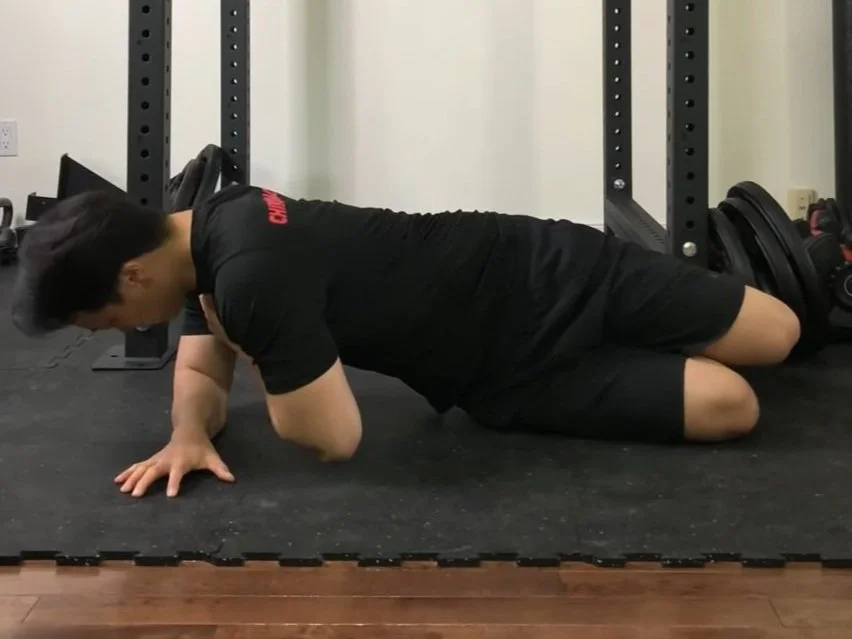
Closed chain y-raises
This exercise challenges your shoulder stability in overhead positions while assisting your arm into an overhead position using a stability ball.
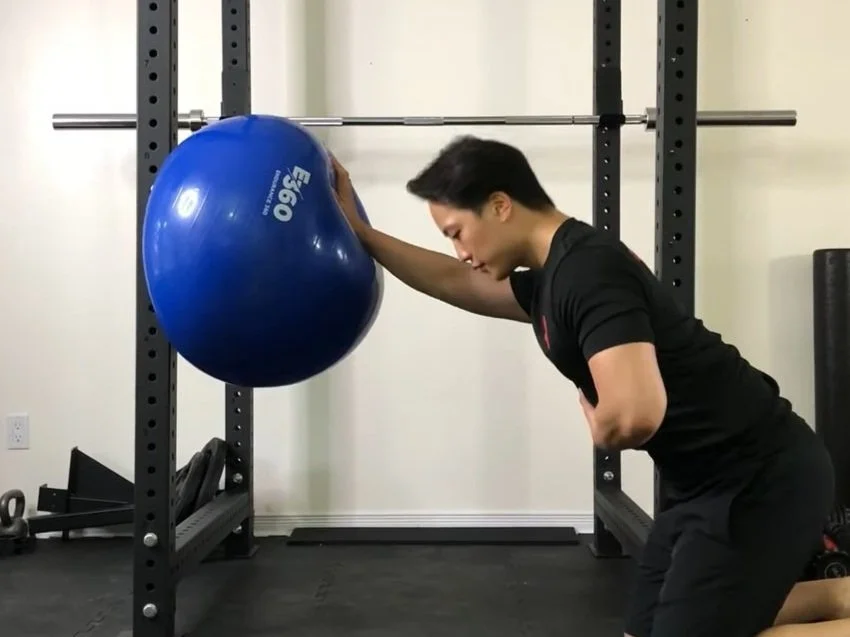
Swiss ball push-up plus or stability ball pushup plus
The serratus anterior, or scapular protractor, is the focus of this modified pushup plus exercise. Start by placing your hands on a Swiss Ball or Stability Ball and holding yourself in a high plank or pushup position. From here withdraw your shoulder bones back by crushing them towards one another and afterward push them out forward into scapular protraction quite far. To separate movement from the shoulder and the spine, make sure to keep the upper back, or thoracic spine, flat and your elbows straight during this exercise.
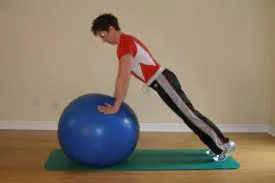
Unilateral pushup plus or single arm pushup plus
This is an activist movement that objectives the scapular protractor known as the serratus anterior. Start by keeping your elbows straight while holding a high plank or pushup on top. To keep your balance, raise one hand off the ground and spread your legs out to a minimum of shoulder width apart. From here, squeeze your shoulder blades together to pull them back, then push them as far forward as you can. To separate movement from the shoulder and the spine, make sure to keep the upper back, or thoracic spine, flat and your elbows straight during this exercise.
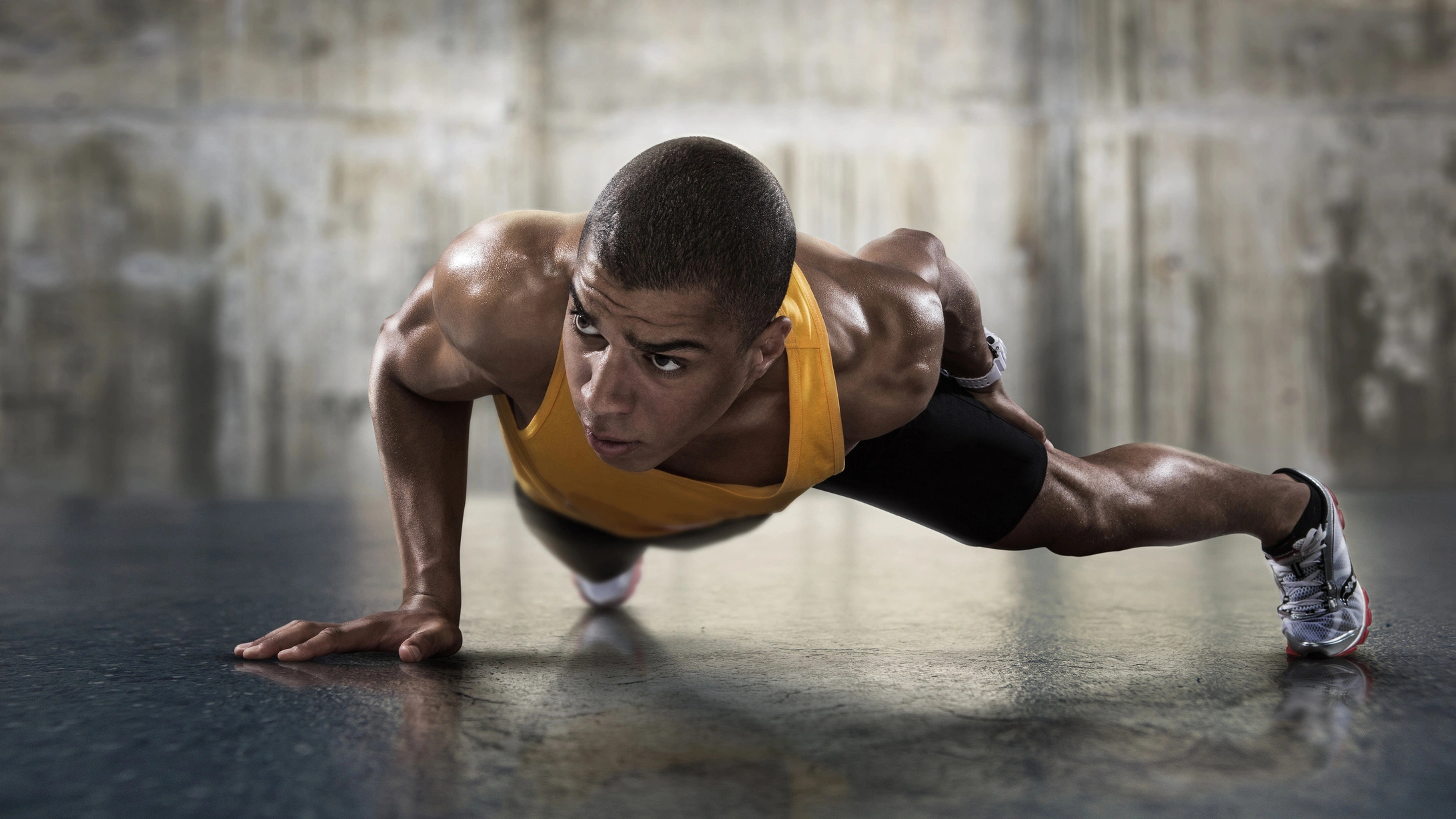
“I” Glide
This is a strengthening exercise for the serratus anterior and rotator cuff that puts a load on the shoulder joint with your body weight and gravity. Place your hand against the wall at shoulder height to begin. Then, while sliding your hand up the wall, slowly lean forward. To encourage more sliding during this exercise, it is best to use a hand towel. Lean in without bending at the hips; bending only forward with your upper body causes your buttocks to stick out. Sliding the hand back down, you can get back to standing. Utilize your shoulder strength to bring your back to the starting position rather than using momentum by leaning back with the hips.
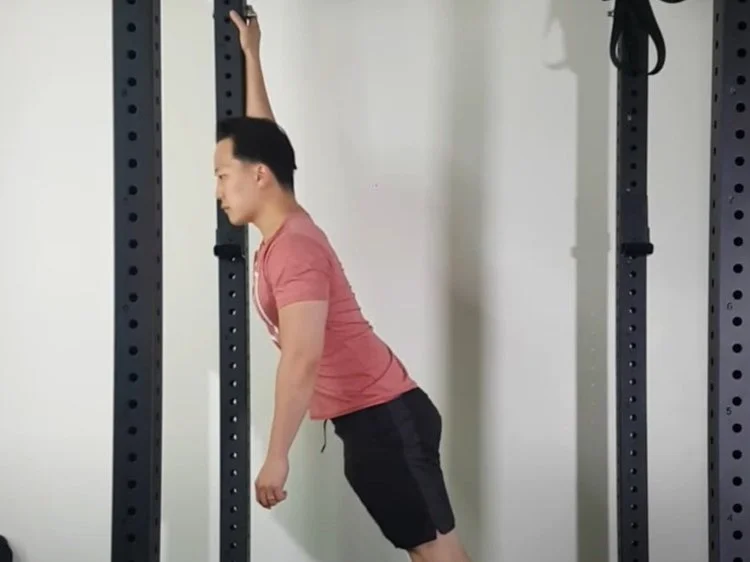
Push up plus
The serratus anterior, or scapular protractor, is the focus of this modified pushup. Start by keeping your elbows straight while holding a high plank or pushup on top. From here, squeeze your shoulder blades together to pull them back, then push them as far forward as you can. To separate movement from the shoulder and the spine, make sure to keep the upper back, or thoracic spine, flat and your elbows straight during this exercise. You can modify the exercise by starting from your knees rather than your toes if you find this version to be too challenging.
3 month prone
Through the serratus anterior rhomboid complex at the T4 region, this exercise aims to build thoracic stability. Begin by lying on your stomach with your elbows at the height of your ears. Using your fingers, palms, forearms, and elbows, press down into the floor. Keep the pelvis firmly planted on the floor and the legs relaxed as you raise the trunk off the ground. Try to raise your thoracic spine in a neutral position without bending it or extending your scapula. Hold for up to 30 seconds, take a 5- to 10-second break, and then do it again as needed.
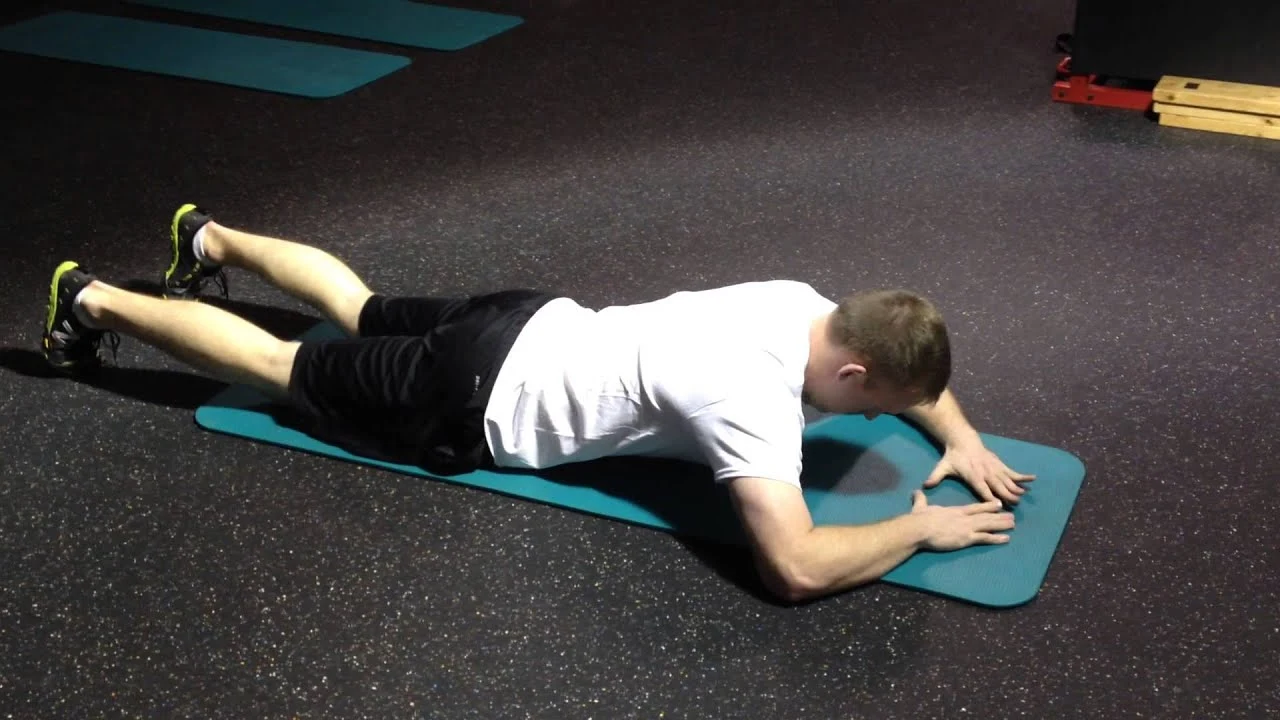
Shoulder abduction press
This is a changed variant of the shoulder press exercise to increment shoulder steadiness. A band should be connected at shoulder height to a stable object beside you. Begin by pressing the band upwards while holding it next to your shoulder.
Bear crawl holds
This is a core-strengthening and endurance exercise. Begin by getting down on your hands and knees and supporting your feet with your toes. Place your hands and knees just below your shoulders and hips, respectively. From here, hold while maintaining a neutral spine by lifting the knees slightly off the ground.
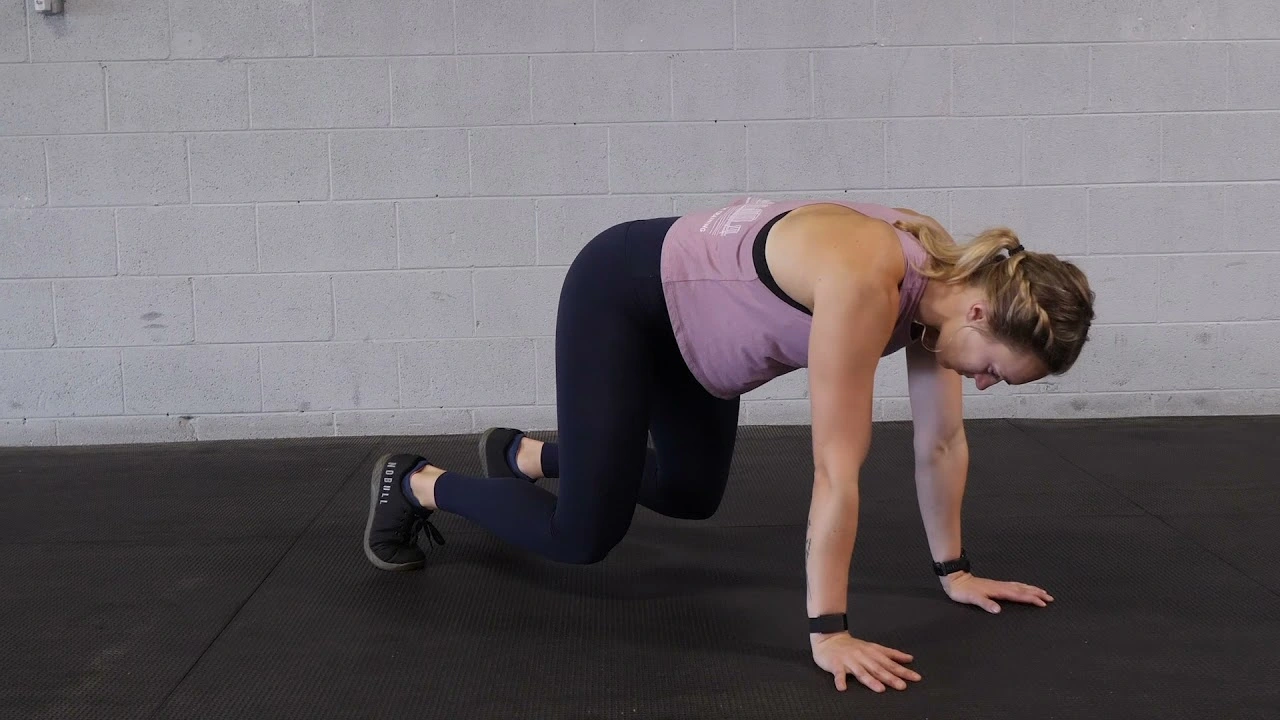
Bear crawl leg lift
This is a workout for strengthening the core. Lift one foot off the ground and position yourself in the bear crawl hold the position. Hold without shifting to the opposite side of your pelvis and with a neutral spine. Keep the pelvis unbiased by ensuring it doesn’t turn downwards.

Bear crawl arm lift
This is a workout for strengthening the core. Lift one arm off the ground while assuming the bear crawl holds the position. Hold without shifting your pelvis or shoulders to the opposite side and maintaining a neutral spine. Keep the pelvis and shoulders impartial by ensuring they don’t turn downwards.
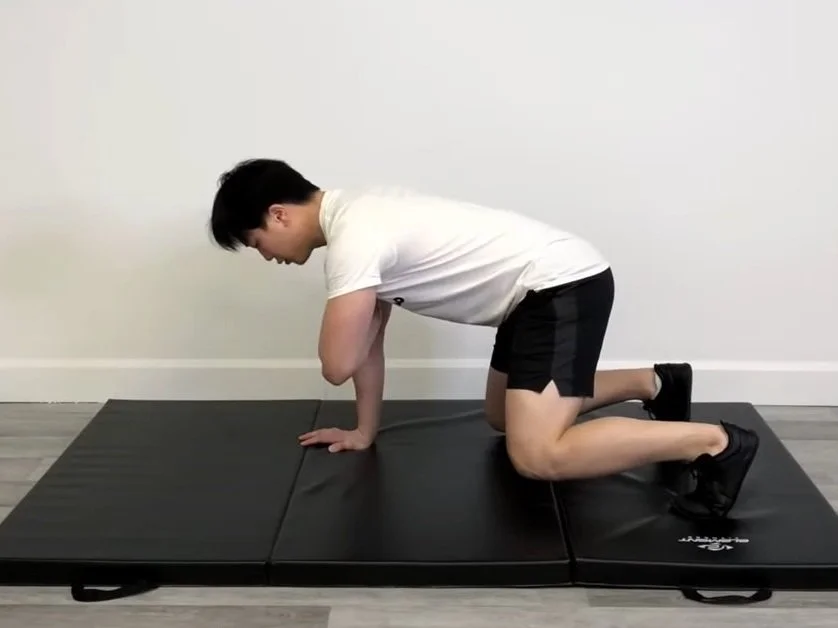
Scapular pull up
This is a steadiness practice for the scapula. Begin in a dead balance position on a draw-up bar. Maintain straight elbows while depressing the shoulder blades to raise the body. After holding for up to five seconds, slowly lower your body.
3-month prone neck rotation
The prone exercise for three months has been upgraded to this level. To separate movement at the cervical spine from movement at the thoracic spine, this exercise incorporates cervical rotation. Start in the prone position from three months old and rotate the head side to side without losing the neutral thoracic spine or scapular protraction.

Plank shoulder clock
The resistance for this shoulder stability exercise comes from a loop band. Begin by entering a tall plank. Continue to extend the band by coming outwards with your hand toward an hour blemish on a clock. Continue in the other directions before returning to the starting position.
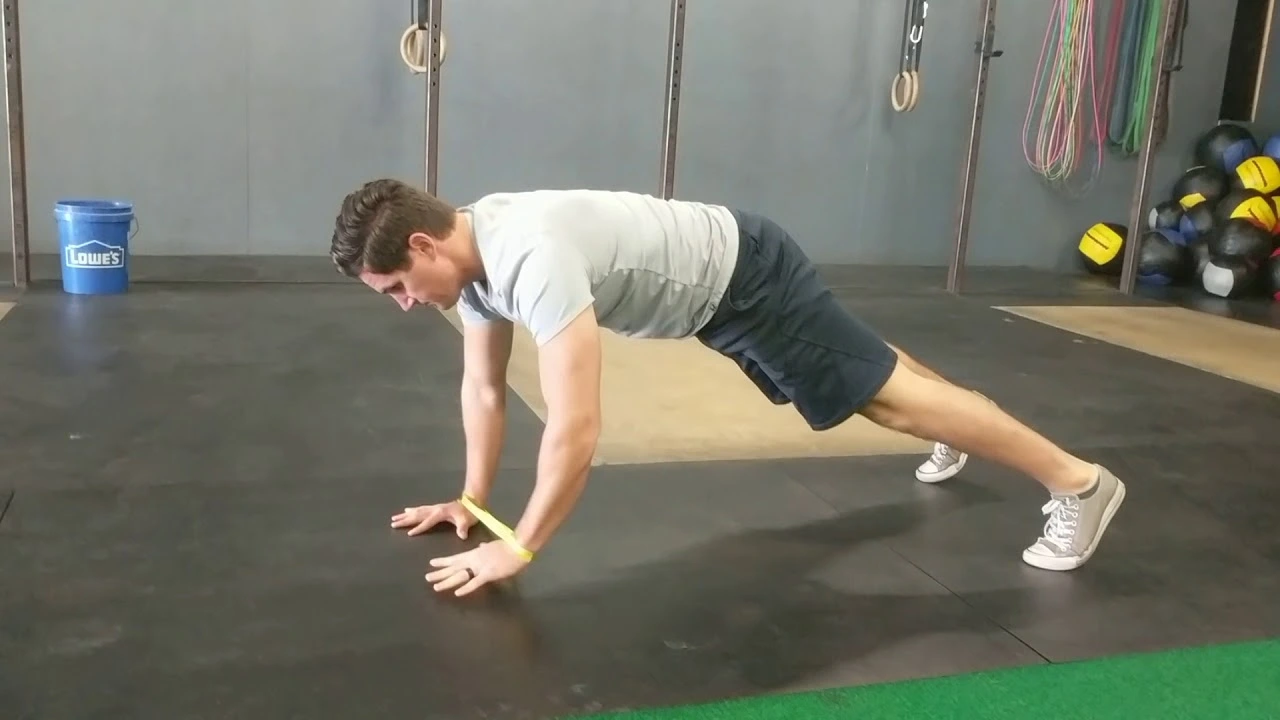
Foam roller floor slide
This is a stability and strengthening exercise for the up rotators and shoulder protractors. Start by getting into a plank position with your forearms resting on a foam roller and placing it on the floor. By moving your shoulder blades forward, press your lower arm into the foam roller. As you roll the foam roller upward and back down to its starting position, maintain this pressure.
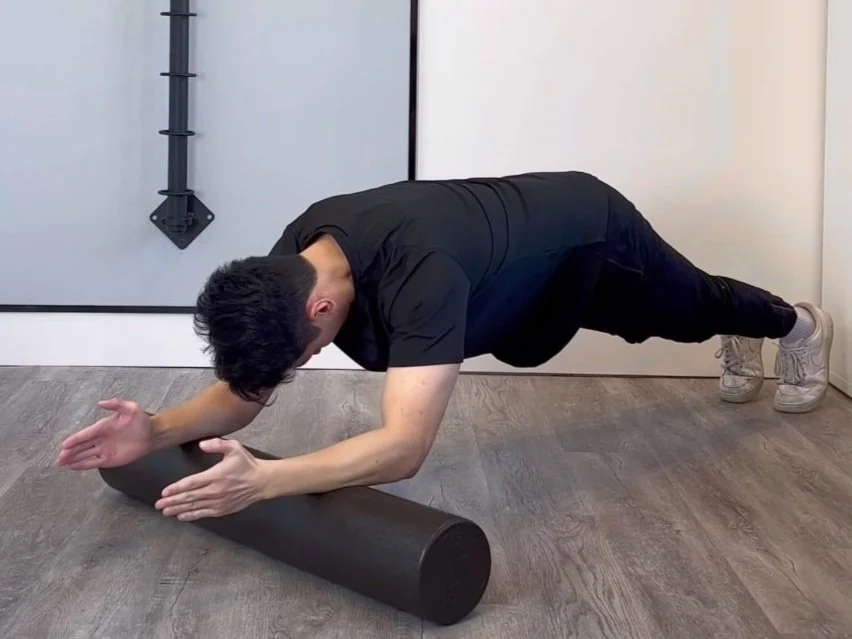
Serratus wall slide
For the scapular protractors, this exercise is a shoulder stability exercise. Have a little band circled your hands and elbows against a wall just beneath shoulder level. Spread your hands out to create tension in the band, keeping them parallel to your shoulders and elbows. Slide your forearms slowly as high as you can up the wall before sliding them back down.
FAQ
What gives it its name, serratus anterior muscle?
The scapula is pulled forward around the thorax by the anterior serratus. The left half of the chest. stretches stabilize and aid in the upward rotation of the scapula. The Latin name for the muscle is: serrate = to saw (guiding to the shape); and anterior refers to the body’s front side.
When the anterior serratus is weak, what happens?
When the serratus is weak, the shoulder blade literally can’t get out of the way of the arm, causing pinching at the top of the shoulder, also known as subacromial bursitis or subacromial impingement syndrome. It may even result in the development of a rotator cuff tear over time.
What are the advantages of working the anterior serratus?
The serratus anterior is deeper than some other chest muscles, but it should still be worked during a workout. Maintaining this muscle strength will assist you in improving your posture and breathing, allow you to lift and move your arms fully, and help you avoid neck, shoulder, and back pain.
What are the side effects of weak serratus?
weakness or shakiness while performing overhead or bench pressing exercises at the gym. a shoulder that clicks or clunks as you reach overhead and in front of them Down the arm and into the hand, numbness or pins and needles. Most normally this will influence the fourth and fifth fingers.
What role does the anterior serratus play in posture?
When all of this is combined, the serratus anterior is a big part of good posture and avoiding neck pain! They allow for fluid and efficient movement of the shoulders while also anchoring and stabilizing your shoulder blade and reducing the impact and use of your neck.

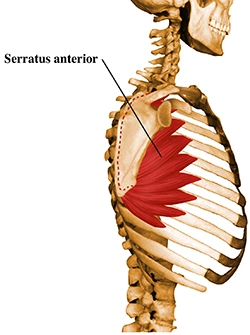


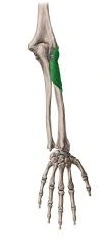
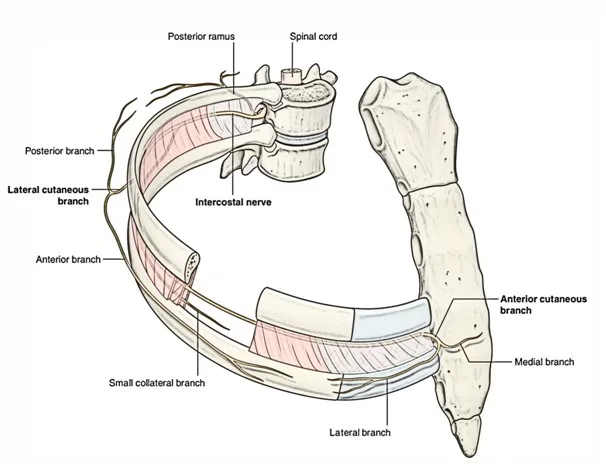
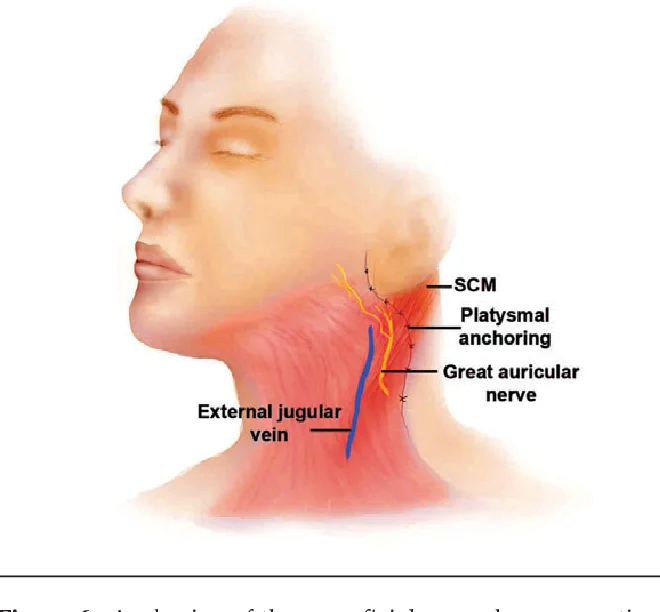
8 Comments